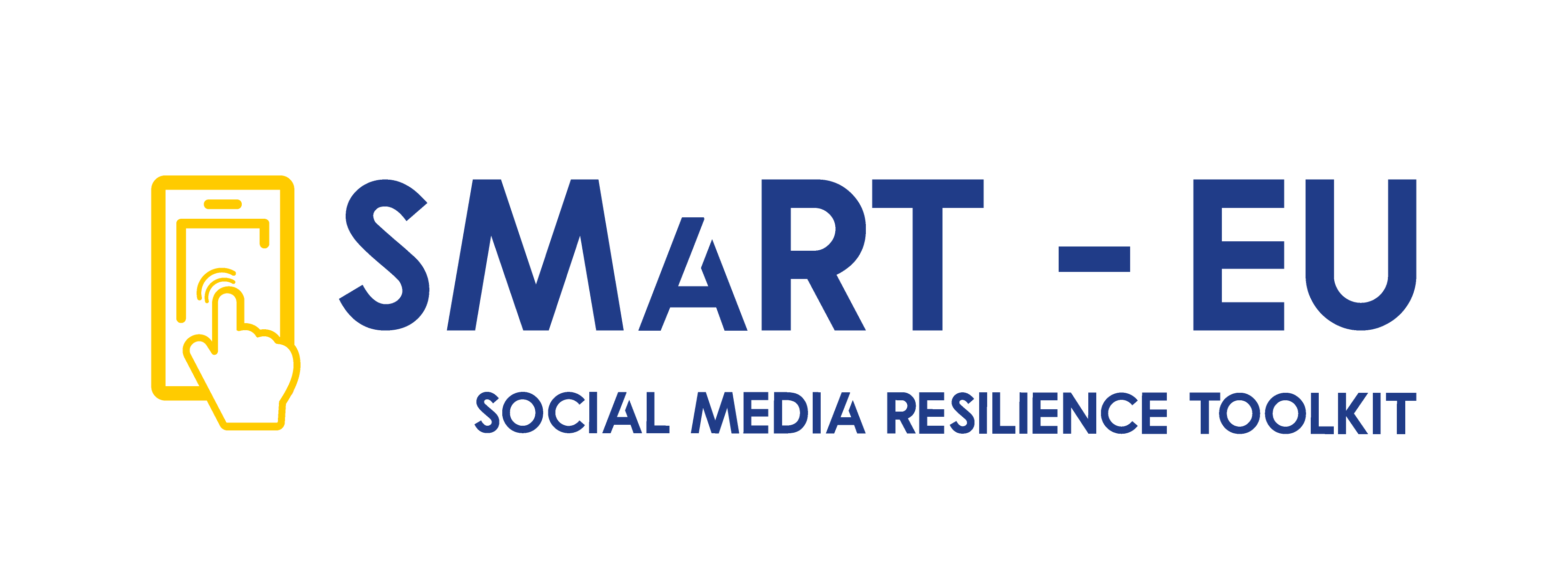Older people
The trend of population ageing in contemporary societies determines the need to consider older adults’ heterogeneous nature and experiences (Amaral & Daniel, 2018). The first challenge is to define the age range of the ‘older adults’. The World Health Organization defines that older people’s age groups should be conceptualised according to their socio-cultural and economic-political characteristics. In the European Union, it is acknowledged that older citizens are people over 65, according to retirement standards. The United Nations argues that old adults are all people over 60 years old. In Africa, and considering the countries’ socioeconomic diversity, it is consensual to define old adults as people over 50. However, ageing is not restricted to old age, as it describes the ageing process at any stage of life (Fernández–Ballesteros, 2003).
Digital media may represent an opportunity for inclusion and improve citizens’ quality of life, especially for senior individuals (Amaral, 2020). Nevertheless, demographic and socio-cultural contexts push older adults towards digital exclusion and, consequently, social exclusion. The term ‘digital immigrant’ is often used to refer to senior citizens, considering that they migrated to digital and were not born with new media like ‘digital natives’ (Loos, 2012). In fact, increased age is associated with decreased digital access levels and usage patterns (Amaral & Daniel, 2016). Thesege differences are especially pronounced in those individuals aged 65 years and over. The relationship between young old adults (65-74 years old) and older adults (over 75 years old) with digital media may depend on the country, socioeconomic status, education, family structure, race, gender, geographic location, and cultural and social participation. Older generations and senior citizens are particularly vulnerable populations regarding access to digital and social media and less capacity to detect disinformation and misinformation, promoting generational gaps.
The lack of media and digital literacy is one of the main problems in detecting fake news. Disruptive narratives within the democratic system that emphasises political polarisation are often shared in social media as news. The inability to distinguish news from professional media from other content published online makes many people believe and share misinformation. Studies (Guess, Nagler, & Tucker, 2019; Osmundsen et al., 2020) shows that older adults share fake news due to a lack of media and digital literacy.
The development of informal learning programs, the dissemination of simple fact-checking tools in the online environments, and the promotion of civic and critical literacy practices are central aspects that can support the fight against the sharing of false news by older groups. Also, traditional media can play an essential role in raising awareness, disseminating good practices, and alerting simple ways to identify online disinformation.
